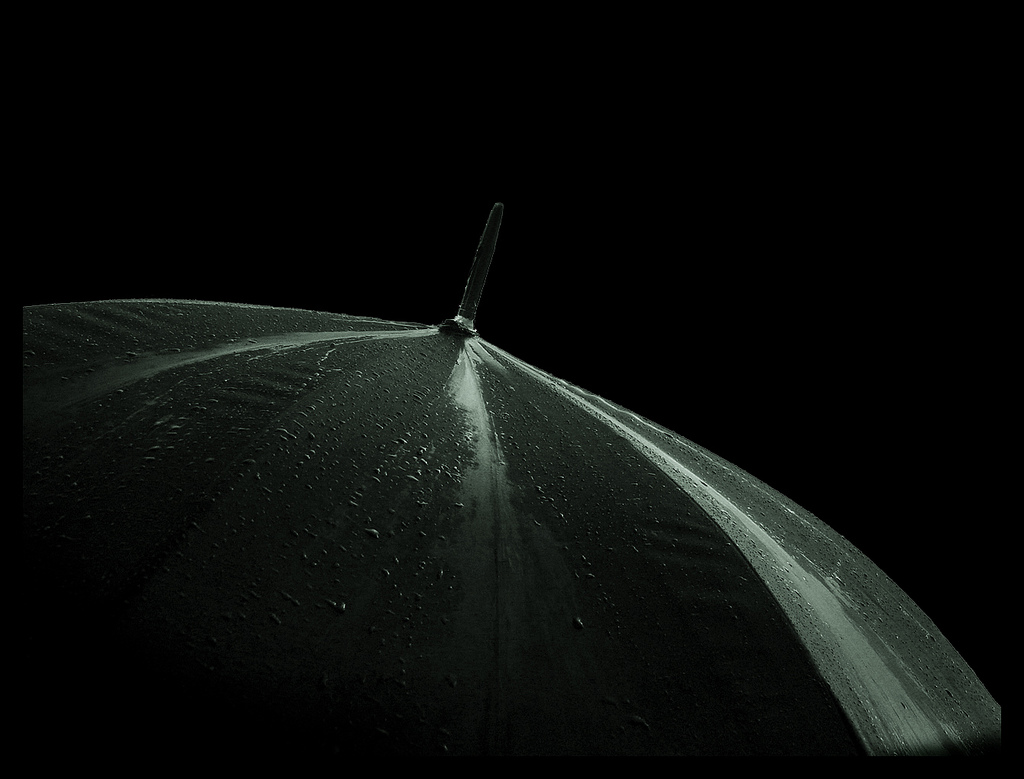 On one esoteric but important issue in the forthcoming Defence White Paper, Australian policymakers should be talking to Washington. That’s the issue of extended nuclear deterrence and assurance. The United States ‘extends’ a nuclear umbrella to its allies—indeed, to more than thirty countries worldwide, including Australia. Under those arrangements, the United States agrees to run nuclear risks on behalf of its allies so those countries don’t need to develop independent nuclear arsenals. Extended nuclear deterrence and extended nuclear assurance are two sides of the same coin: the arrangements are meant simultaneously to deter adversaries from attacking the vital interests of US allies and to reassure allies that any need they might have for nuclear weapons—in extreme circumstances—has already been addressed.
On one esoteric but important issue in the forthcoming Defence White Paper, Australian policymakers should be talking to Washington. That’s the issue of extended nuclear deterrence and assurance. The United States ‘extends’ a nuclear umbrella to its allies—indeed, to more than thirty countries worldwide, including Australia. Under those arrangements, the United States agrees to run nuclear risks on behalf of its allies so those countries don’t need to develop independent nuclear arsenals. Extended nuclear deterrence and extended nuclear assurance are two sides of the same coin: the arrangements are meant simultaneously to deter adversaries from attacking the vital interests of US allies and to reassure allies that any need they might have for nuclear weapons—in extreme circumstances—has already been addressed.
The 2009 White Paper contained a confusing set of statements on this issue. Indeed, at one point, it asserted that as long as nuclear weapons existed Australia would be able to rely on the nuclear forces of the United States to deter nuclear attack on Australia. That statement is presumptuous, since the policy is Washington’s and not ours. It’s also potentially untrue, since American nuclear weapons might well continue to exist, but in numbers and weapons types ill-suited to the strategic needs of the allies. It’s not just the size of the US arsenal that’s important for extended deterrence—what we might call its ‘shape’ matters as well. Still, the White Paper was perfectly correct in its core judgment that the US nuclear umbrella has, over the decades, provided a stable and reliable sense of assurance to Australia, and ‘removed the need forAustralia to consider more significant and expensive defence options.’
Still, the 2013 White Paper should state directly both our support for the doctrine of extended nuclear deterrence and assurance, and acknowledge the future challenges that the doctrine faces. It should also say something like, ‘As long as US extended nuclear assurance remains credible, Australia feels under no pressure to be self-reliant in nuclear capacities even allowing for the tempo of change across the broader Indo-Asian-Pacific region.’ That would be both a contribution to regional reassurance, and a statement about the focal point of Australian concern. The value of the doctrine rests heavily upon the credibility of the US nuclear assurance, a factor that the 2009 Defence White Paper ignores completely.
Since credibility is the critical factor, both Canberra and Washington have an interest in doing what they can to enhance the existing arrangements. If anything, the credibility of the US nuclear umbrella has waned since the end of the Cold War. Nuclear weapons have become more marginalised in US strategic policy. The US strategic mainstream has fractured badly on the whole issue of the strategic utility of nuclear weapons, with the op-eds of the ‘Four Horsemen’ (Kissinger, Schultz, Nunn and Perry) symbolic of that disarray. US political leaders show only flickering interest in the arsenal, except when they are talking of prospective nuclear reductions or disarmament. And the theatre- and tactical-range elements of the arsenal have contracted substantially since Cold War days. It’s no surprise then that US strategists talk increasingly about ‘extended deterrence’ rather than ‘extended nuclear deterrence’, a subtle rephrasing of both Washington’s own obligations and, they hope, allies’ expectations.
Moreover, the United States faces a re-ordering challenge in relation to its nuclear umbrella in Asia. The doctrine of extended nuclear deterrence and assurance was really built to support Western European allies against a coercive Soviet Union. Washington and its allies need, jointly and perhaps collectively, to think about the path forward for extended nuclear assurance in Asia—a region very different from Europe during the Cold War. Within Asia, the most pressing demands on US extended nuclear assurance come from Japan and South Korea. Historically, Australia’s own involvement with nuclear assurance has been both more remote and more abstract. But the strategic centre of gravity in Asia is moving south and west—away from its traditional Northeast Asian focus and into areas closer to our own continent.
Moreover, it would be specious to pretend that we are indifferent as to how the challenges to US extended nuclear assurance arrangements are solved in Northeast Asia. Japan and South Korea are, along with us, the closest US allies in Asia. Frankly, if the existing assurance arrangements break in relation to those countries, Australia’s own continued reliance upon the doctrine would probably be short-lived. Serious questions would then come onto Australia’s own strategic agenda. Those are deep matters: if they aren’t already part of on-going discussions between the United States and Australia, they deserve to be.
Rod Lyon is a non-residential Fellow at the Australian Strategic Policy Institute. Image courtesy of Flickr user ♥ Unlimited.

